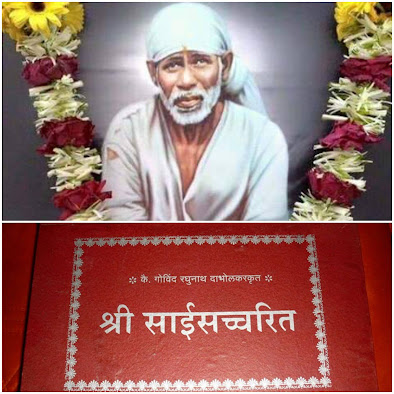Digital-techniques-microprocessors
Basic Digital Techniques & Applications - PART 4
D’ Morgan’s Law:
These are pair of transformation rules. Those are written as –
1) "NOT (A AND
B)" is the same as "(NOT A) OR
(NOT B)"
2) "NOT (A OR
B)" is the same as "(NOT A) AND
(NOT B)"
The rules can be expressed in English as:
The negation of a disjunction is the conjunction of the negations.
The negation of a conjunction is the disjunction of the negations.
1.4 Traditional Design
Methods:
Traditional design methods to simplify Boolean
functions of combination logic circuit are:
1) Boolean Algebraic Method
2) The Karnaugh map (K – Map)
Among the above, K – Map technique is the simplest and
commonly used method. It’s a manual method and depends to a great extent upon
human intuition. This method can be used conveniently up to 6 Boolean
variables. When it becomes difficult to simplify logic expression using boolean
algebraic expression, we go for K – Map
technique. In K- Map method, the information is contained in a truth table or
logical expression is available in POS
(Product of Sum) or SOP (Sum of Products) form.
Consider following Truth Table:
The above truth table represents SOP and POS forms. If
we consider a 3 Boolean variable function where name of variables are A,B and
C, there would be 23 = 8 possible input combinations. Input values
are written in the first column and their corresponding outputs (represented by
M0 to M7) are shown in SOP and POS form respectively.
POS form :
As the full form tells us, its Product
(multiplication) of Sum (addition). If
we consider final output Y, such that Y = M3 . M4. M5. M6, we would get
following:
Just to mention, a Dot(.) represents
product/multiplication.
SOP form :
As the full form tells us, its Sum (addition) of Product
(multiplication). If we consider final
output Y, such that Y = M3 + M4 + M5 + M6, we would get following:














0 comments:
Post a Comment